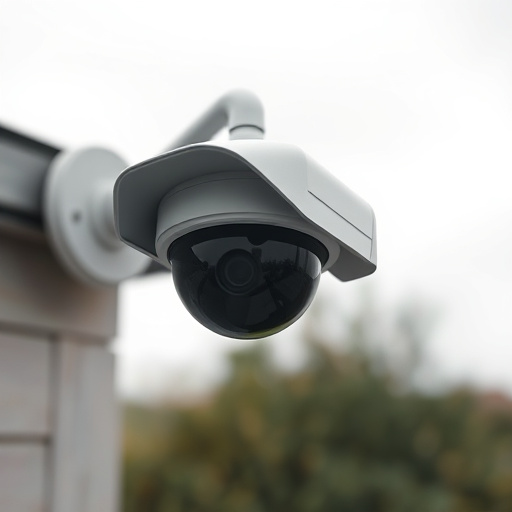Strategically place outdoor dummy cameras at various heights and locations for maximum effect. Mount high cameras for wide area coverage, low-angle cameras near entrances/exits, and use multiple models with overlapping fields of view to eliminate blind spots. Optimize angles and placement around entry points, high-traffic areas, and merchandise displays to deter crime and enhance security.
“Enhance your retail store’s security and deter potential thieves with the strategic placement of mock security cameras. This article guides you through the process of optimizing outdoor dummy camera angles for maximum coverage, ensuring every corner of your store is monitored effectively. Learn how to choose the right locations, integrate these cameras into your store layout seamlessly, and benefit from improved visual surveillance without breaking the bank. Discover expert tips on Outdoor Dummy Camera Angle Tips for a robust security system.”
- Choosing the Right Outdoor Dummy Camera Locations
- Optimizing Camera Angles for Maximum Coverage
- Integrating Dummy Cameras into Retail Store Layouts
Choosing the Right Outdoor Dummy Camera Locations
When selecting locations for outdoor dummy cameras, strategic placement is key. Aim for areas where real security cameras would be logical – entrances, exits, and high-theft zones are prime spots. Consider mounting them at eye level or slightly elevated to mimic genuine camera angles, enhancing their deterrent effect.
For optimal coverage, vary the camera angles. Position some cameras at street level to monitor foot traffic, while others point down alleys or towards loading docks. This multi-directional approach creates a comprehensive security network that discourages potential thieves, making your retail store a safer environment.
Optimizing Camera Angles for Maximum Coverage
To optimize camera angles for maximum coverage in outdoor retail spaces, strategic placement is key. Aim high with dummy cameras mounted on poles or rooftops to capture a wide view of the store’s exterior and parking area. This top-down perspective can help deter potential thieves by providing a comprehensive security net. For additional layers, position lower-angle cameras near entrances and exits, focusing on access points where theft is most likely to occur.
Consider using multiple dummy cameras with varying field of views to cover blind spots and dead zones. Overlapping fields of view between cameras can also enhance coverage, ensuring no area goes unnoticed. Regularly reviewing footage from these strategic outdoor dummy camera angles will further strengthen security measures for your retail store.
Integrating Dummy Cameras into Retail Store Layouts
Integrating dummy cameras into retail store layouts is a strategic move that can significantly enhance security and deter potential thieves, while also offering visual merchandising opportunities. When planning the placement of outdoor dummy camera angles, consider the entry points, high-traffic areas, and merchandise display zones. Positioning them at strategic locations like entrances, exits, and around valuable items creates an impression of constant surveillance, acting as a powerful deterrent.
For optimal effect, think about the camera’s field of view and angle. Aim for a wide coverage that captures multiple entry points and key areas simultaneously. Mounting dummy cameras slightly elevated or at eye level can provide a more realistic appearance and ensure a broader perspective. Additionally, vary the placement to avoid predictability; random angles and heights will make it harder for potential criminals to identify and exploit blind spots in your security system’s coverage.
Mock security cameras, strategically placed with consideration of Outdoor Dummy Camera Angle Tips, offer a cost-effective solution for enhancing retail store security and deterring theft. By carefully choosing locations, optimizing angles, and seamlessly integrating them into store layouts, businesses can achieve comprehensive coverage without breaking the bank. These simple yet effective measures contribute to creating an environment that promotes safety and encourages honest customer behavior.
